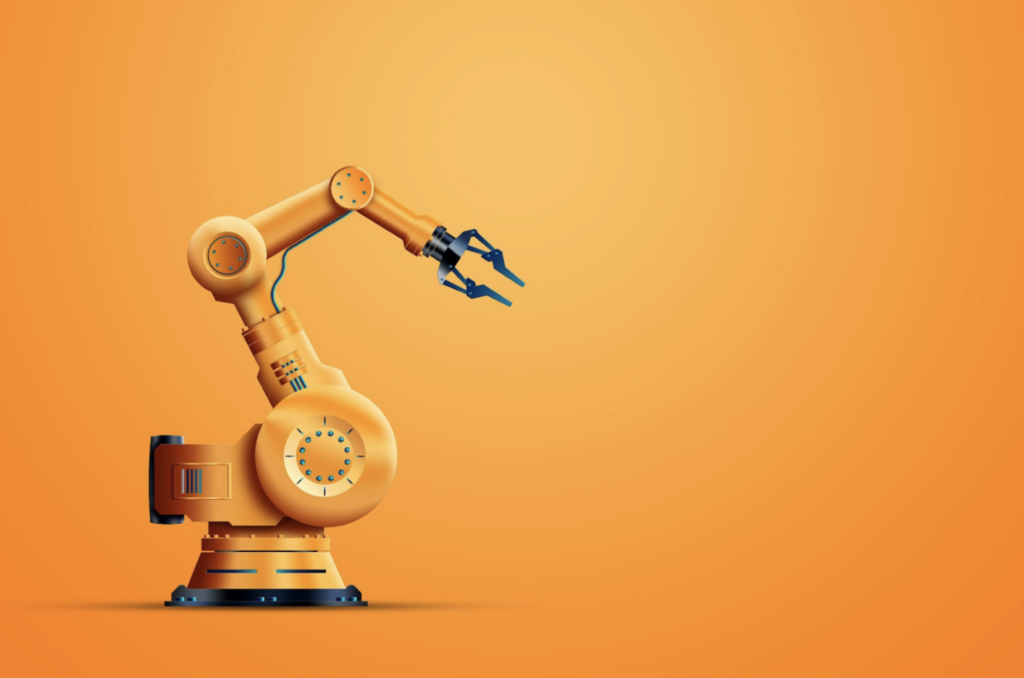
Benefits of using protective robot covers
The utilization of protective covers for industrial robots yields a multitude of benefits that contribute to enhanced efficiency and longevity of robotic systems. Firstly, these robot covers serve as a vital barrier against environmental hazards such as dust, moisture, and debris, shielding delicate robotic components from potential damage. By safeguarding against these elements, protective covers help to minimize the risk of mechanical failures and downtime, thereby improving overall productivity. Additionally, protective covers can extend the operational lifespan of industrial robots by reducing wear and tear on critical parts, leading to cost savings in maintenance and replacement. Furthermore, these covers can enhance workplace safety by preventing accidents caused by exposure to hazardous materials. Overall, the implementation of protective covers is a prudent investment that not only protects valuable assets but also ensures smooth and uninterrupted operation of industrial robots.
Understanding industry-specific challenges
Each industry presents its own set of unique challenges that industrial robots must meet to operate effectively. In automotive manufacturing, for example, robots are often exposed to harsh conditions such as extreme temperatures, high levels of dust and debris, and heavy mechanical stress. Conversely, in the food processing industry, robots must adhere to stringent hygiene standards to prevent contamination, requiring specialized materials and designs for their protective covers. Similarly, in the pharmaceutical sector, where cleanliness and sterility are paramount, robots face the challenge of operating in cleanroom environments while avoiding cross-contamination. These industry-specific challenges necessitate tailored solutions in the design and customization of robot covers to ensure optimal performance and compliance with industry regulations.
Why are protective cover robots so important?
Using protective covers in the industrial sector offers numerous advantages that contribute to the smooth operation and longevity of industrial robots.By protecting the machinery, protective covers help to minimize the risk of mechanical failure and breakdowns, thereby reducing costly downtime in production processes. Additionally, protective covers can extend the lifespan of industrial robots by reducing wear and tear on essential parts, resulting in lower maintenance costs and increased overall efficiency. The implementation of protective covers in the industrial sector not only safeguards valuable assets but also ensures a safer and more productive working environment.


